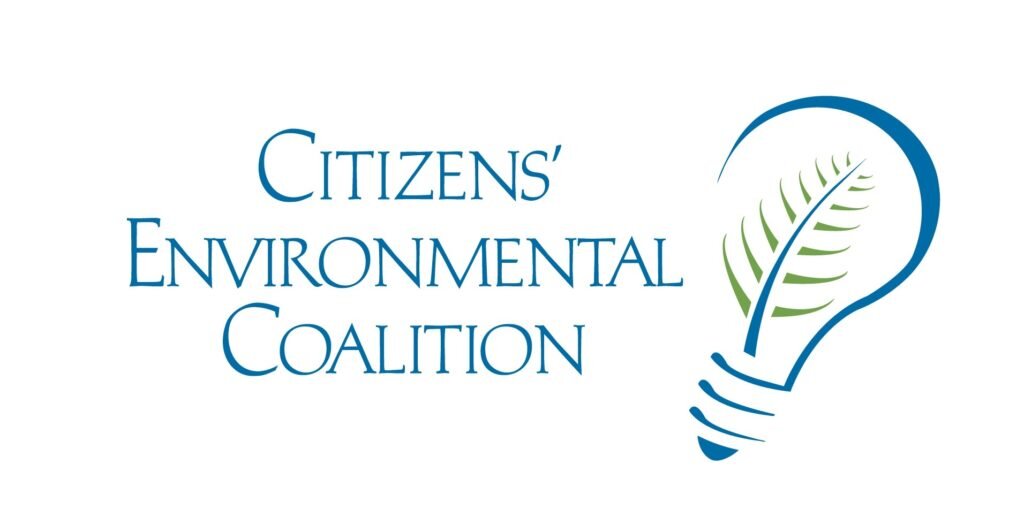Migratory Birds
Below are resources to help you teach about the birds that migrate through the region.
Overview and Wildlife
Migratory birds typically navigate along the same, or similar, routes whenever they are migrating – flyways. Houston’s location places it within an avian superhighway, the Central Flyway. These birds are migrating from as far as South America through Texas, Kansas, Colorado, Wyoming, and Montana, and all the way to Alaska. While on their journey, they need places to stop, rest, eat, drink and sleep. This is what makes the upper Texas coast, including Houston, so valuable to migratory (and resident) birds - it is rich in biodiversity and provides the important habitat needed to sustain birds during migration.
Benefits
Birds provide significant ecological services. They are important for pest management, seed dispersal and pollination. Birds serve as a barometer of environmental health and are a significant source of income for communities through nature-based tourism.
Conservation
Because birds do not recognize boundaries or borders, many private citizens, non-profit organizations, and governmental agencies of various countries are working together to protect and restore habitat for the benefit of birds and other wildlife. Check out the Houston Gulf Coast Area State of the Birds Report for an overview of the birds and the ecosystems they depend upon in the Houston-Galveston region.
Local Resources
The following facilities offer educational programs related to migratory birds.
Anahuac National Wildlife Refuge
Brazoria National Wildlife Refuge
Houston Arboretum and Nature Center
Houston Audubon - Edith Moore Sanctuary
Houston Audubon - Raptor and Education Center
Jesse H. Jones Park and Nature Center
Trinity River National Wildlife Refuge
…and many more.
Activities/Lessons
Here are some steps you can take to save migratory birds:
According to the U.S. Fish and Wildlife Service, degradation and fragmentation of migratory bird habitat is one of the largest individual threats to migratory birds. The good news is that Houston has a lot of nature and green space. There are 360 city parks, and 10 bayous that wind their way through the city. Nearby, there are national wildlife refuges, national and state forests, county and state parks, and a lot of land managed by non-profits. Participate in Community Science by joining the City Nature Challenge! Check out the Educator’s Toolkit to the City Nature Challenge and how to create an iNaturalist project for your school. Students can also use eBird or join a Christmas Bird Count.
Bird Friendly Spaces: What does your ‘space’ look like? Can you make it better for birds?
Lights Out: Did you know that most migratory birds in North America fly at night? During migration, outside lights left on at night can disorient birds and cause them to crash into reflective windows.
Outdoor Cats: Outdoor cats kill an estimated 2.4 billion birds every year in the United States alone. Keeping your cat indoors makes a big difference for birds.
Bird Safe Glass: What do the windows in your classroom look like? Here’s how you can make them safe for birds. Check out this TEKS-based lesson plan.
Plastic Pollution: Plastic is a serious threat to marine birds as they often ingest or get tangled up in plastic pollution.
Lesson ideas
Build a Bird Workshop grades K-5
Properties of Light and Window Strikes grade 5
Dance Like a Prairie Chicken grades K-5
Videos
Wild Birds!
Go on an adventure with Refuge Ranger Felice to the W.G. Jones State Forest, west Galveston Bay, and the Attwater Prairie Chicken National Wildlife Refuge to learn more about the red-cockaded woodpecker, American oystercatcher, and the dancing, booming Attwater's prairie chicken!

